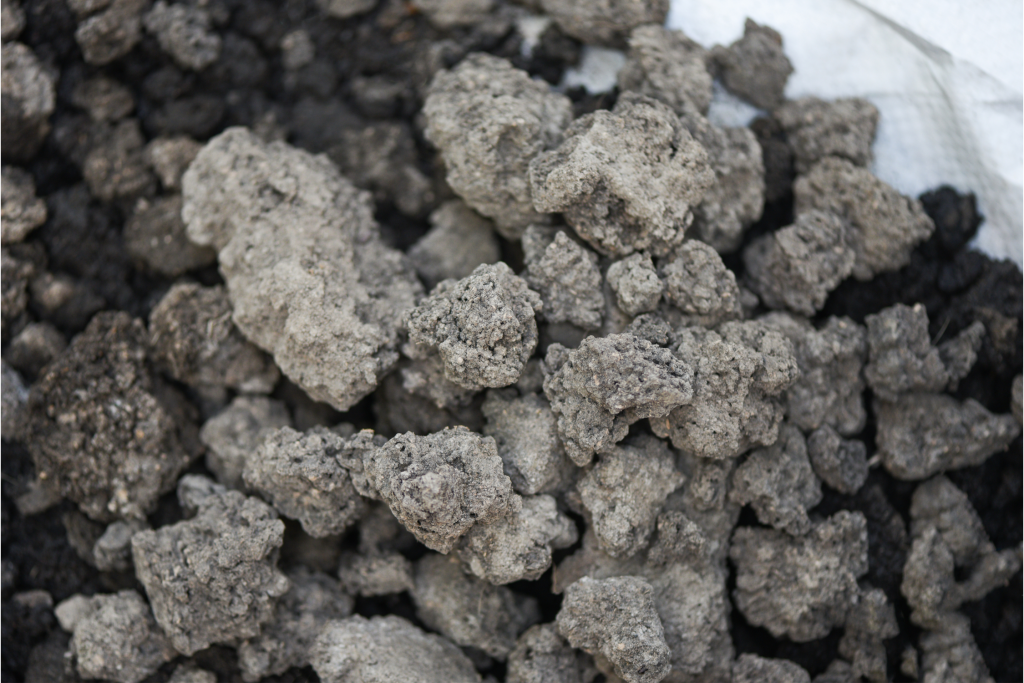
Gardening enthusiasts often search for the perfect soil to ensure their plants thrive. Among the various types of soil, loam soil is often considered the gold standard. Its balanced texture, fertility, and workability make it a gardener’s best friend. Let’s dive deeper into what loam soil is, why it’s beneficial, and how to identify and maintain it in your garden.
What is Loam Soil?
Loam soil is a well-balanced mixture of sand, silt, and clay. Typically, it contains about 40% sand, 40% silt, and 20% clay. This combination provides an ideal soil structure that supports healthy plant growth by offering excellent drainage, aeration, and nutrient availability.
Components of Loam Soil:
- Sand: Large particles that improve drainage and aeration.
- Silt: Medium-sized particles that help retain moisture and nutrients.
- Clay: Small particles that hold nutrients and moisture but can become compacted if present in excess.
Benefits of Loam Soil
- Optimal Drainage and Moisture Retention: The balanced particle sizes in loam soil allow for efficient drainage while retaining sufficient moisture, preventing both waterlogging and drought stress.
- Nutrient-Rich: Loam soil is often rich in organic matter and essential nutrients, providing plants with a steady supply of the nutrients they need to grow and flourish.
- Good Aeration: The structure of loam soil promotes good air circulation, which is vital for healthy root development and the prevention of root diseases.
- Easy to Work With: Loam soil is friable, meaning it crumbles easily in your hands. This makes it easy to till, plant, and weed, saving time and effort in garden maintenance.
- Supports Diverse Plant Life: Whether you’re growing vegetables, flowers, or shrubs, loam soil can support a wide variety of plants, making it a versatile choice for any garden.
How to Identify Loam Soil
To determine if you have loam soil in your garden, you can perform a simple test:
- Texture Test: Take a small handful of moist soil and roll it into a ball. Loam soil will hold together in a ball but break apart easily when poked. It feels smooth (due to silt), gritty (due to sand), and slightly sticky (due to clay).
- Jar Test: Fill a clear jar with equal parts of soil and water, then shake vigorously. Allow it to settle for 24 hours. The soil will separate into layers: sand at the bottom, silt in the middle, and clay on top. Measure the layers to determine the approximate percentage of each component.
Maintaining Loam Soil
While loam soil is naturally fertile and well-structured, maintaining its quality ensures long-term garden health:
- Add Organic Matter: Regularly incorporate compost, aged manure, or leaf mold to maintain soil fertility and structure.
- Avoid Compaction: Avoid walking on garden beds and use raised beds or paths to prevent soil compaction, which can reduce aeration and water infiltration.
- Mulch: Apply a layer of mulch to retain moisture, suppress weeds, and gradually add organic matter as it decomposes.
- Rotate Crops: Practice crop rotation to prevent nutrient depletion and reduce the risk of soil-borne diseases.
- Test Soil Regularly: Conduct soil tests every few years to monitor pH levels and nutrient content, adjusting as needed to maintain optimal conditions for your plants.
Conclusion
Loam soil’s balance of sand, silt, and clay creates a fertile, well-draining, and easy-to-work-with medium that supports a diverse range of plants. By identifying and maintaining loam soil in your garden, you can create an ideal growing environment that promotes vigorous and healthy plant growth.
By understanding and utilizing loam soil, gardeners can enhance their gardening success and enjoy bountiful, beautiful plants year-round.



